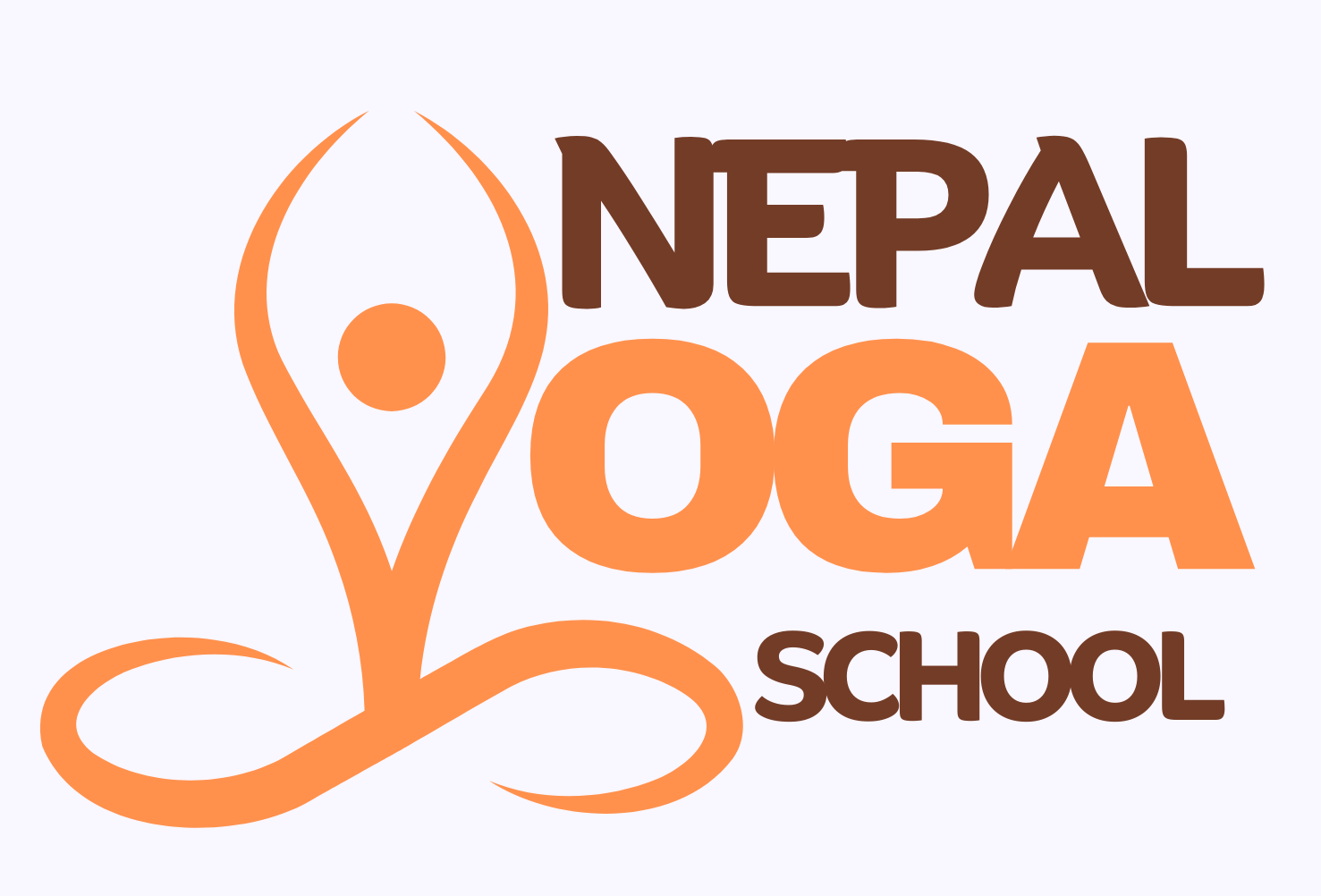Pregnancy is a special and transformative time in a woman’s life, and with it comes a range of physical and emotional changes. Prenatal yoga is a practice specifically designed to support expecting mothers through these changes, offering numerous benefits for both the mother and the baby. In this article, we’ll explore the benefits of prenatal yoga and highlight some safe poses that can be incorporated into your routine.
What Is Prenatal Yoga?
Prenatal yoga is a form of yoga tailored to the needs of pregnant women. It focuses on poses and breathing techniques that help alleviate the physical discomforts of pregnancy, prepare the body for labor, and promote relaxation and mental well-being. Unlike regular yoga, prenatal yoga takes into consideration the changes happening in a pregnant woman’s body, ensuring that the practice is safe and supportive throughout all trimesters.
Benefits of Prenatal Yoga
- Improves Flexibility and Strength Prenatal yoga helps maintain and improve flexibility, which can be particularly beneficial as your body adapts to the growing baby. The gentle stretching and strengthening exercises help keep the muscles toned and support the body as it undergoes significant changes.
- Reduces Pregnancy-Related Discomfort Pregnancy can bring about various discomforts such as back pain, swelling, and tight hips. Prenatal yoga addresses these issues by focusing on poses that open the hips, relieve tension in the lower back, and improve circulation, which can reduce swelling in the legs and feet.
- Promotes Relaxation and Stress Relief The breathing techniques and mindfulness practices in prenatal yoga help calm the nervous system, reducing stress and promoting relaxation. This can be particularly helpful for expectant mothers who may be feeling anxious or overwhelmed.
- Prepares the Body for Labor Prenatal yoga prepares the body for labor by focusing on poses that strengthen the pelvic floor, improve stamina, and enhance endurance. These exercises can make the birthing process smoother and more manageable.
- Enhances Sleep Quality Many pregnant women experience difficulty sleeping due to discomfort or anxiety. The relaxation techniques in prenatal yoga can help improve sleep quality by promoting relaxation and reducing stress before bedtime.
- Connects You with Your Baby Prenatal yoga provides an opportunity for mothers to connect with their babies. Through mindful breathing and meditation, you can cultivate a deeper bond with your baby and enhance the emotional connection during pregnancy.
- Builds a Supportive Community Attending prenatal yoga classes allows you to connect with other expecting mothers, creating a sense of community and support. Sharing your experiences and challenges with others going through similar situations can be comforting and empowering.
Safe Poses for Prenatal Yoga
While prenatal yoga offers many benefits, it’s important to practice poses that are safe for both you and your baby. Here are some safe and effective poses that can be included in your prenatal yoga routine:
- Cat-Cow Pose (Marjaryasana-Bitilasana) This gentle flowing movement between Cat Pose and Cow Pose helps relieve tension in the lower back, improves flexibility in the spine, and promotes better posture.
- How to Do It: Start on your hands and knees with your wrists aligned under your shoulders and your knees under your hips. Inhale as you arch your back, lifting your head and tailbone towards the ceiling (Cow Pose). Exhale as you round your spine, tucking your chin to your chest and drawing your belly towards your spine (Cat Pose). Repeat for several breaths.
- Bound Angle Pose (Baddha Konasana) This pose helps open the hips and stretches the inner thighs, which can be particularly beneficial during pregnancy.
- How to Do It: Sit on the floor with your legs extended in front of you. Bend your knees and bring the soles of your feet together, allowing your knees to fall out to the sides. Hold onto your feet or ankles and gently press your knees towards the floor. Hold for several breaths.
- Child’s Pose (Balasana) Child’s Pose is a restorative pose that provides a gentle stretch for the back, hips, and thighs. It’s also a great way to relax and connect with your breath.
- How to Do It: Kneel on the floor with your big toes touching and your knees spread apart. Sit back on your heels and extend your arms forward, resting your forehead on the floor. Breathe deeply and relax in the pose.
- Warrior II Pose (Virabhadrasana II) Warrior II is a strengthening pose that builds stamina, improves balance, and opens the hips. It’s a great pose for preparing the body for labor.
- How to Do It: Stand with your feet wide apart. Turn your right foot out 90 degrees and your left foot slightly inwards. Bend your right knee, aligning it over your ankle, and extend your arms out to the sides at shoulder height. Gaze over your right hand and hold for several breaths before switching sides.
- Squat Pose (Malasana) Squat Pose helps open the hips and stretches the lower back. It’s also a good pose for strengthening the pelvic floor muscles.
- How to Do It: Stand with your feet slightly wider than hip-width apart. Lower your body into a squat, bringing your hips down towards the floor. Press your palms together in front of your chest and use your elbows to gently press your knees apart. Hold for several breaths.
Tips for Practicing Prenatal Yoga Safely
- Listen to Your Body: Your body is going through many changes, so it’s important to listen to it and modify poses as needed. If something doesn’t feel right, stop and adjust.
- Avoid Deep Twists: Deep twists can compress the abdomen and should be avoided during pregnancy. Instead, focus on gentle twists that involve only the upper back.
- Stay Hydrated: Make sure to drink plenty of water before, during, and after your practice to stay hydrated.
- Use Props: Don’t hesitate to use props like yoga blocks, blankets, or bolsters to support your poses and make them more comfortable.
- Consult Your Healthcare Provider: Before starting any new exercise routine, it’s important to consult your healthcare provider, especially during pregnancy.
Conclusion
Prenatal yoga is a wonderful way for expecting mothers to stay active, reduce stress, and prepare for childbirth. With its numerous physical and mental benefits, prenatal yoga supports a healthy pregnancy and helps you connect with your growing baby. By incorporating safe and effective poses into your routine, you can enjoy a more comfortable and fulfilling pregnancy journey.
Whether you’re new to yoga or an experienced practitioner, prenatal yoga offers a gentle and supportive practice that honors the unique needs of your body during this special time.

